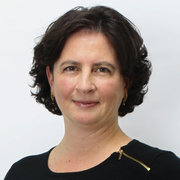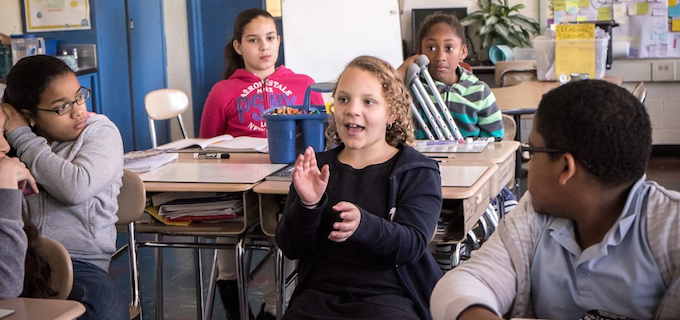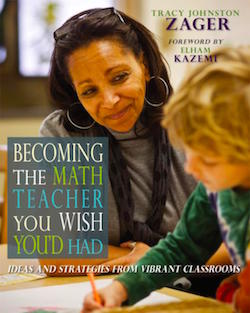How We Become Skillful Math Teachers
When I was in graduate school preparing to become a K-6 teacher, my math methods professor, Elham Kazemi, told me it takes five years to become a skillful math teacher.
I remember thinking, “Oh no! What about all the kids I’ll have between now and then? Am I going to ruin them?”
Well, the good news is they survived. I think I even did them some good. Sure, teaching mathematics is incredibly complex and I’m a lot better at it now than I was then. I plan to spend my whole career working to become a better math teacher, and I know I’ll never get bored because there is so much new learning to do.
Even so, newer teachers have a ton to offer students. I feel proud of and excited by everyone who chooses to become a teacher, and your upcoming students are lucky to have you.
Set goals, be patient, keep growing
It’s reasonable to set some goals for your development as a math teacher. Be patient and forgiving with yourself while working to get better.
Over the years, you’ll build relationships with your students, you’ll figure out how to build a strong classroom community, you’ll grow your content knowledge, you’ll learn how to facilitate conversations about mathematics.
You’ll get more discerning about choosing tasks and curriculum for good pedagogical reasons, you’ll become more efficient and focused about gathering and using formative assessment, you’ll anticipate what students might say and do with more accuracy, and you’ll find your teaching style. It will come.
But where to start?
In my coaching and my work with preservice teachers, I’ve learned that my square one is always the same: I want teachers to become addicted to listening to students’ mathematical ideas. It might sound like simple advice, but it’s not.
Everything else follows. Once we become fascinated by our students’ creativity and ingenuity, we become more motivated to teach math. We enjoy it more, and so do our students. Soon enough, we dive more deeply into the mathematical content so we can understand why our students’ invented methods work.
Before long, we recognize patterns in the way students’ ideas progress, and we crave professional learning about the development of mathematical ideas. We start reading, signing up for workshops, going to conferences, joining Twitter, blogging, seeking out colleagues who are as excited as we are to hear the amazing thing a student said or asked in mathematics today.
Our curiosity drives us to read the research and find a professional learning community. We aspire to understand, to talk less and listen more, to ask better questions, to make more thoughtful instructional decisions, to support our young mathematicians. We reflect, and learn, and grow.
Stand there and listen
On the first day of math methods, Elham told us that she was the lucky one who would introduce us to the fascinating world of young children and mathematics. She taught our cohort to listen to children’s mathematical thinking, and be amazed. Pretty much every positive development I’ve made in my math teaching since has followed from close listening. When I feel unsure of what to do, I think, “Don’t just do something; stand there. Listen.”
The rest will come, in due time.
Have a wonderful school year, and let me extend my most heartfelt welcome to this noble profession.
______________
Tracy Johnston Zager is a math teacher and coach, author and editor based in Portland, Maine. Her first book, Becoming the Math Teacher You Wish You’d Had: Ideas and Strategies from Vibrant Classrooms, was published this year by Stenhouse.
She now splits her time between editing math and science professional development books for Stenhouse Publishers and working with the teachers and students of Rollinsford Grade School as a K-6 math coach.
Read a review of Tracy’s book here at MiddleWeb, written by a beginning teacher.


































The most substantial issue in math and science education is the current trend to replace proven educational methodology instead of building on it.
The New York State physics curriculum that I taught in the 1970s is now taught in college. The current curriculum remove approximately 30% of the “old” course content. Students using powerful calculators are unable to estimate answers or detect their numerous errors resulting from no understanding of the order of operations required to use a calculator.